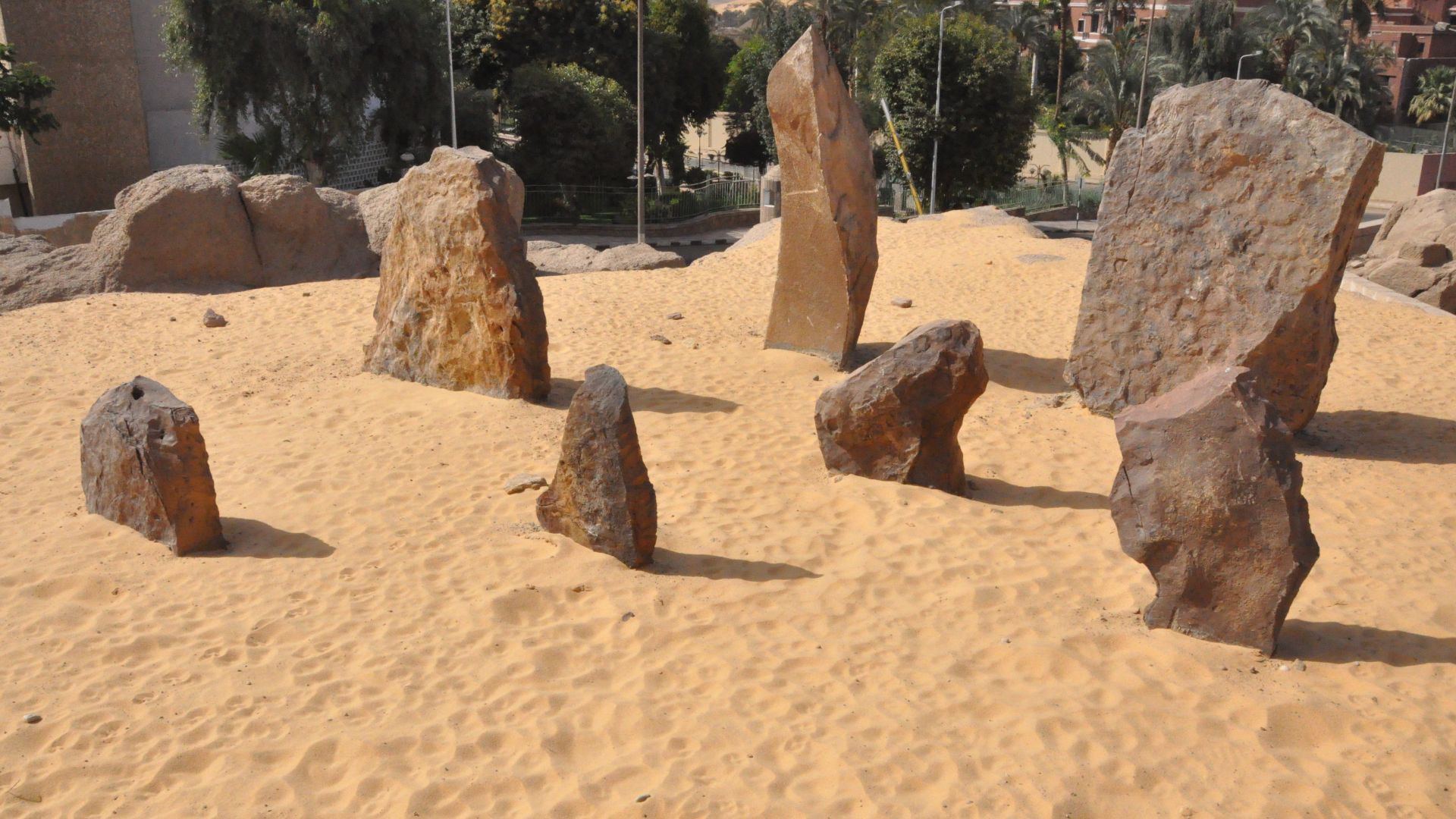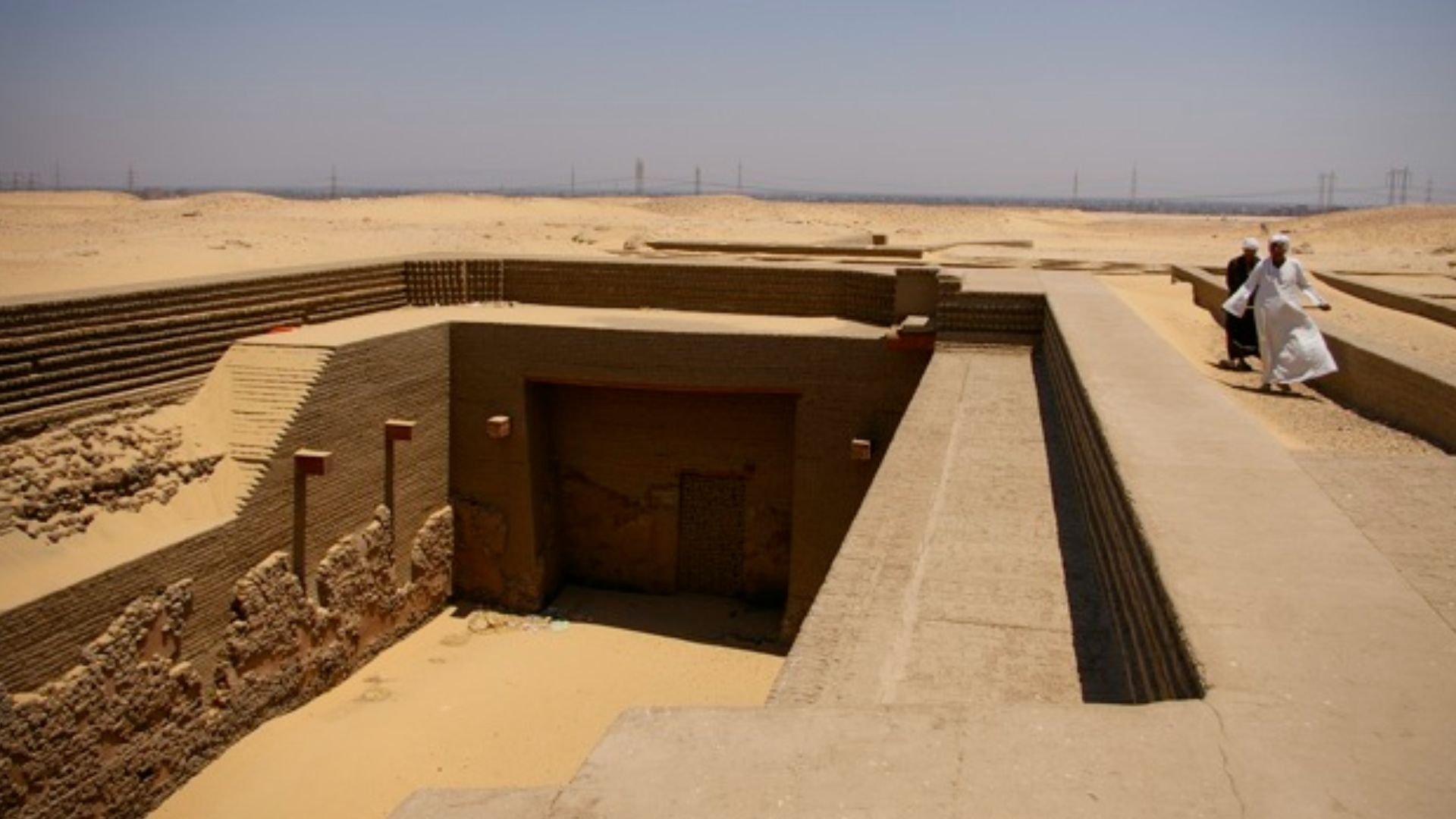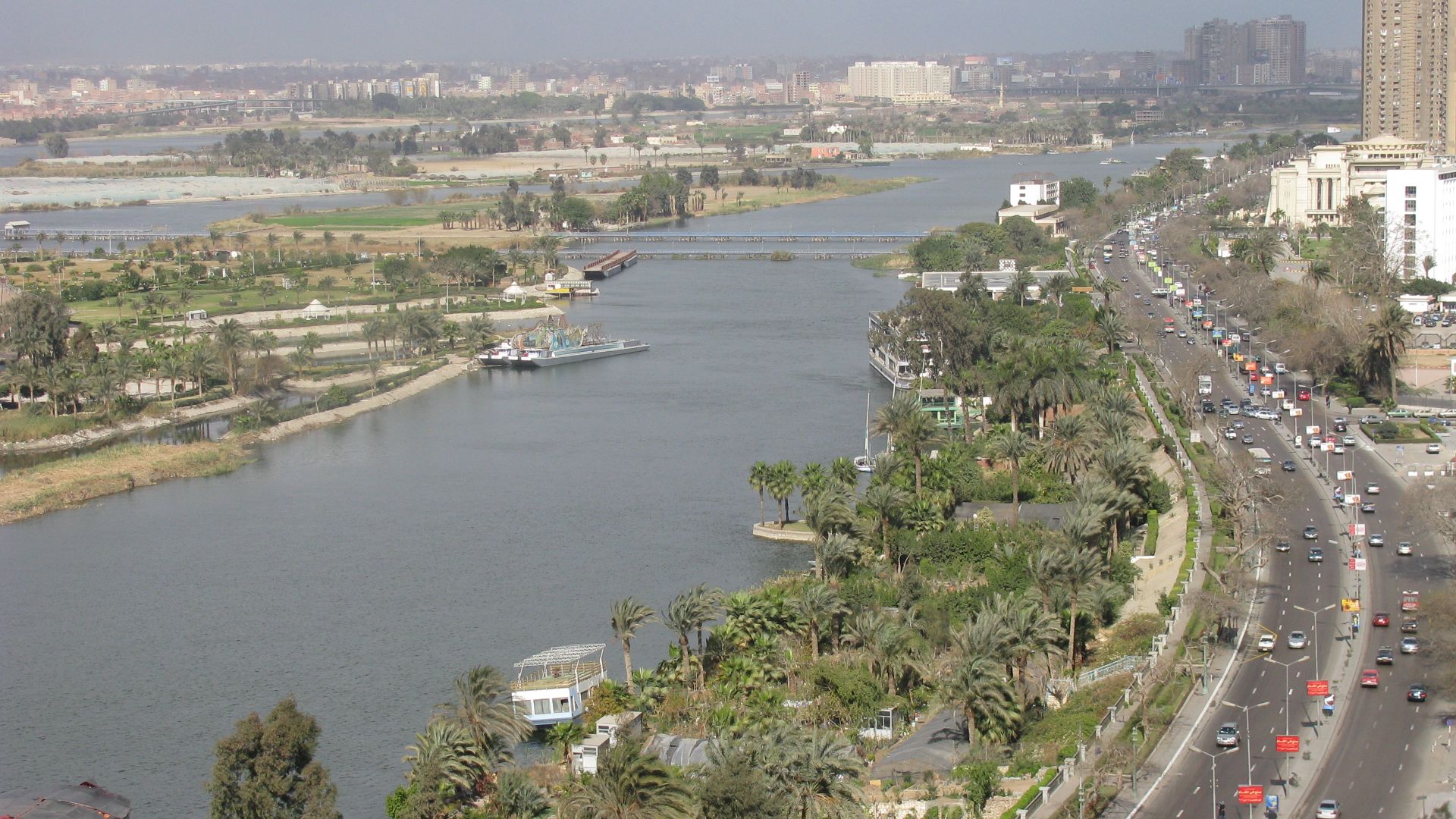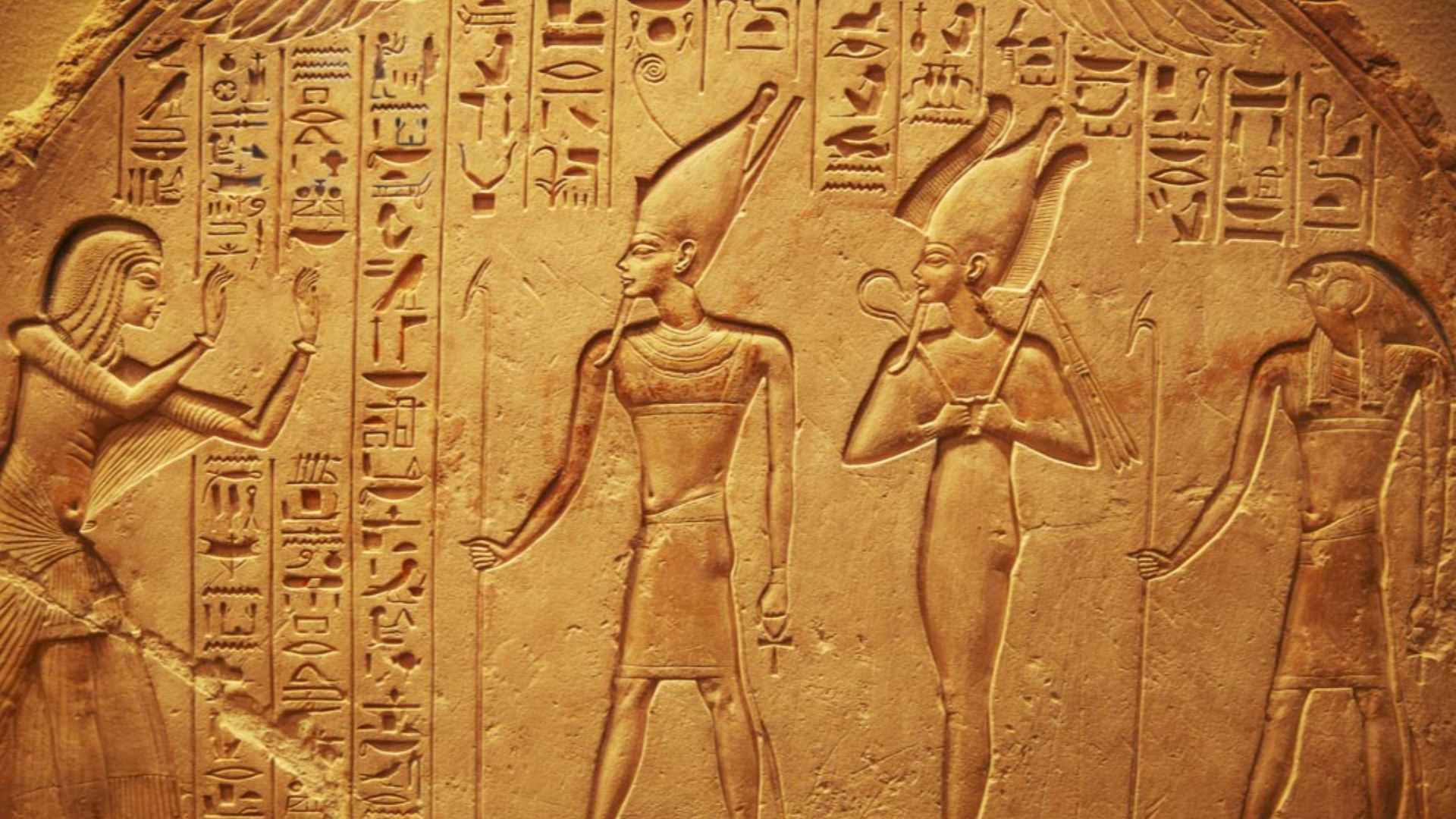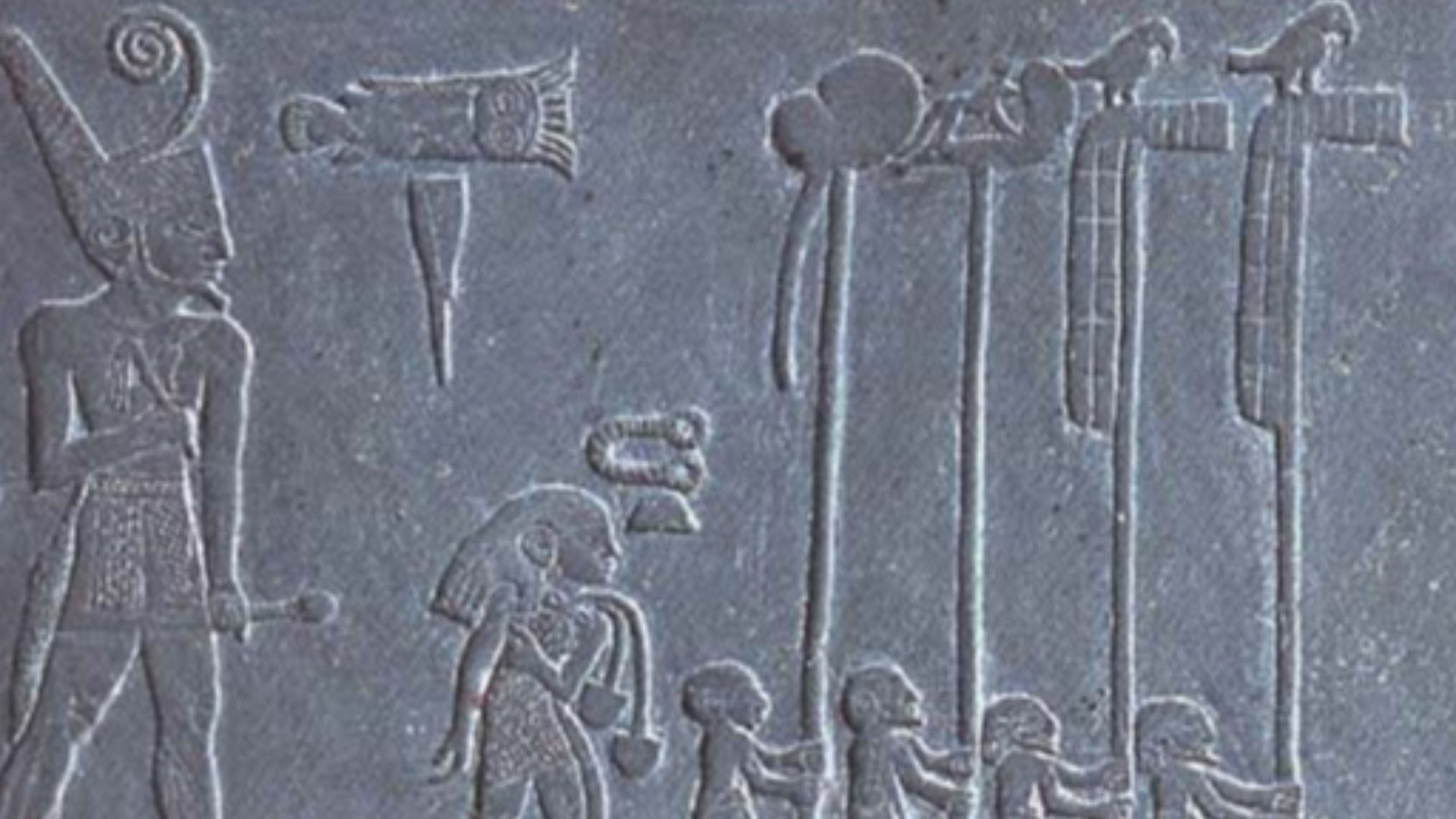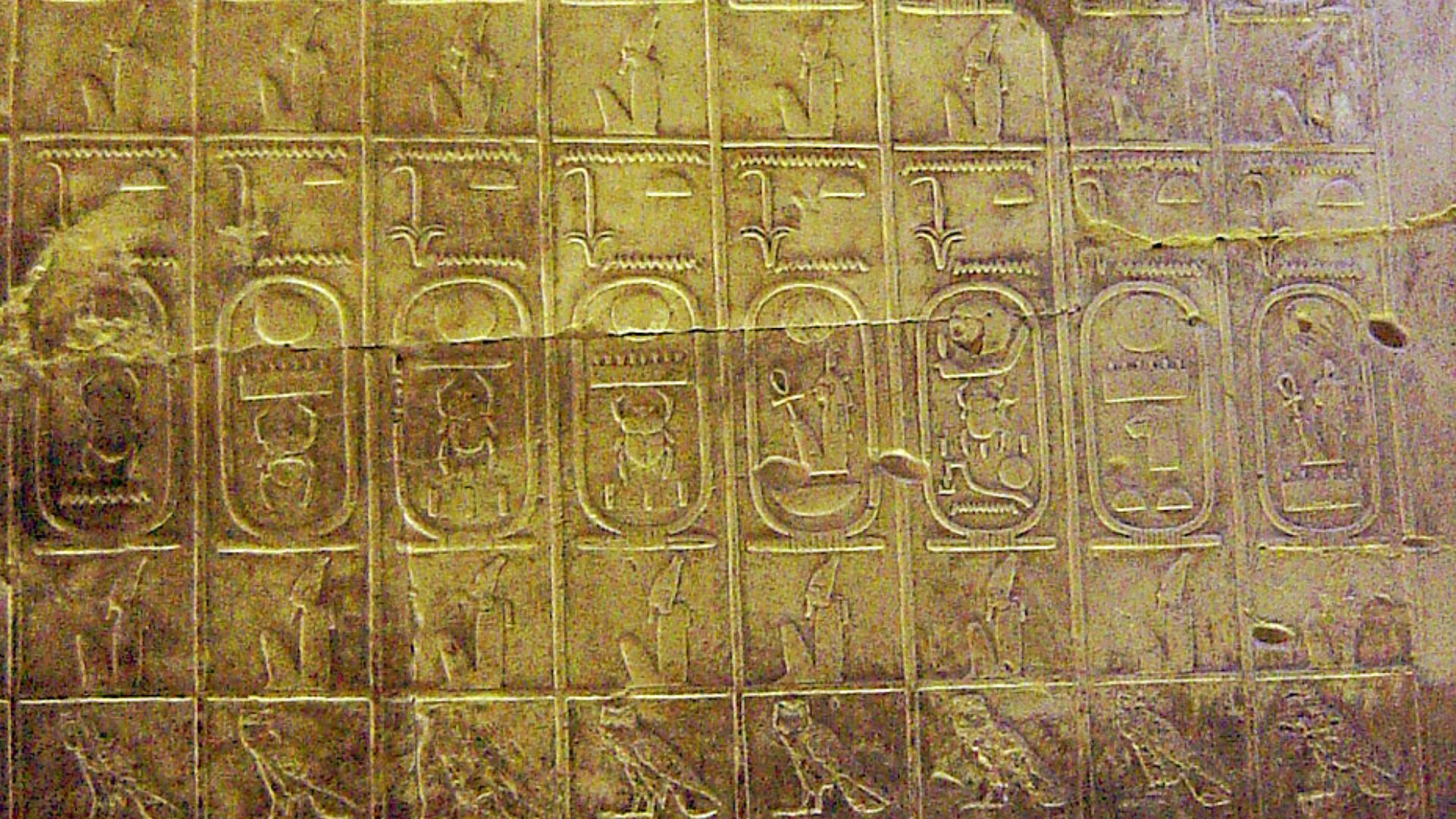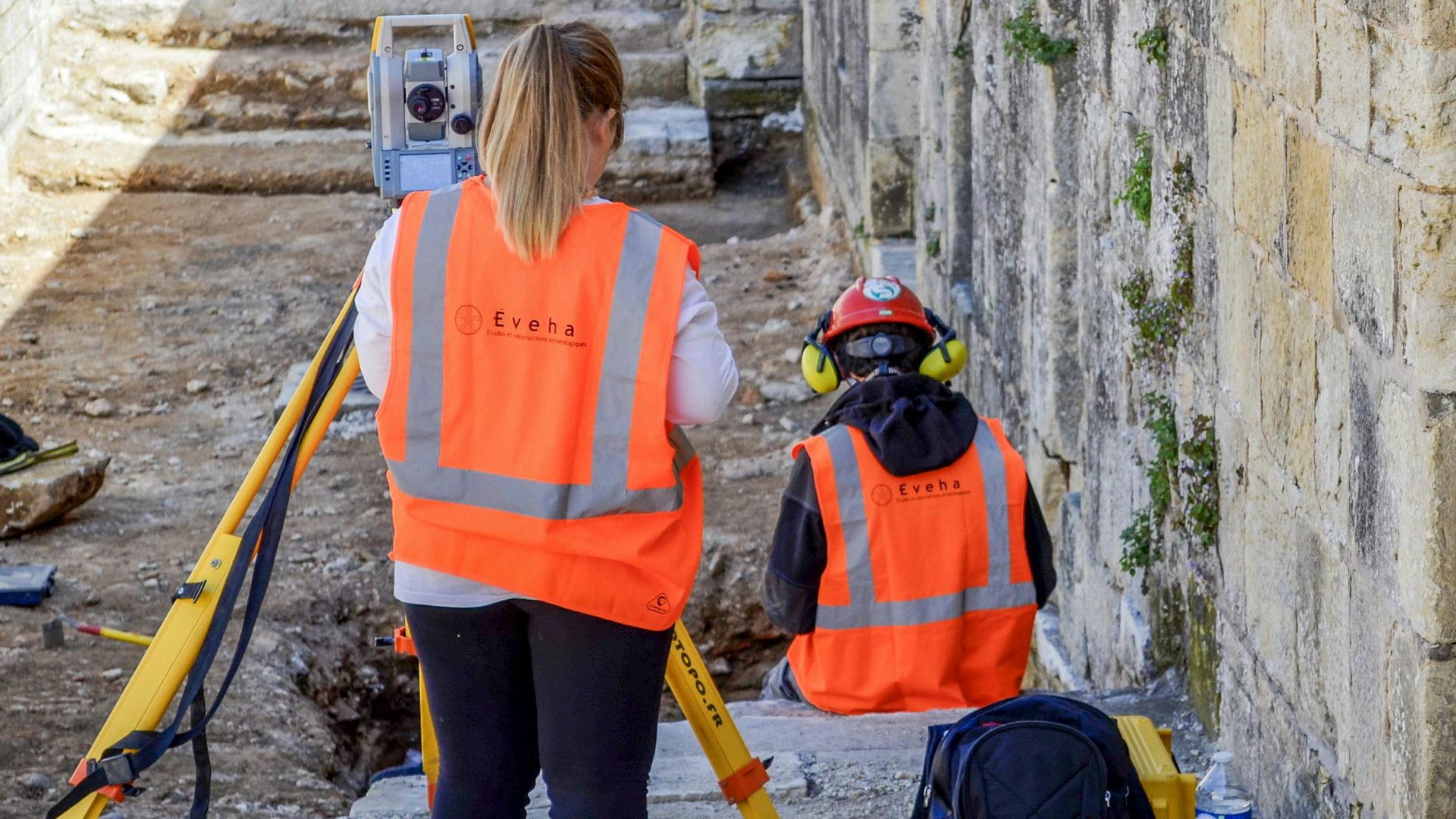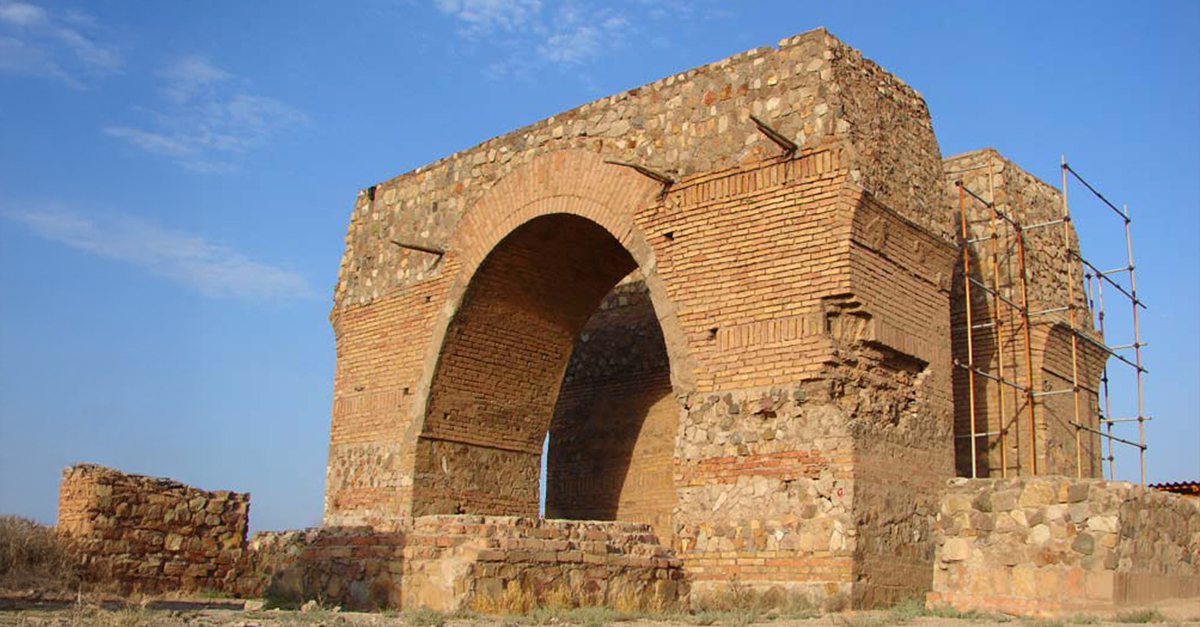Forgotten Power Symbols
Secrets etched in stone don't disappear. They wait patiently, sometimes for thousands of years. Ancient Egyptian rulers knew this well. Their messages, carved into desert rocks, speak directly to us today.

Desert Discovery
Hidden beneath the shifting sands near Aswan, archaeologists made a stunning breakthrough in 2025. The rock art, concealed for millennia, only revealed itself after researchers employed specialized imaging techniques. What makes this find revolutionary is its exceptional state of preservation, offering unprecedented insights into Egypt's earliest rulers.
Archaeological Contexts
Two major sites have yielded these remarkable finds, each telling a different chapter of ancient Egypt's story. The Wadi el Malik and Abydos discoveries, though separated by geography and purpose, complement each other perfectly in the historical narrative. Rock carvings at Aswan represent public displays of power.
 Roland Unger, Wikimedia Commons
Roland Unger, Wikimedia Commons
Ancient Timeline
These extraordinary discoveries span critical periods in Egypt's formative years, from 4500 BCE to around 1540 BCE. The oldest rock carvings predate the pyramids by centuries, originating in the late fourth millennium BCE. Meanwhile, the Abydos tomb dates to approximately 3,600 years ago during the Second Intermediate Period.
Predynastic Era
Before the famous dynasties ruled Egypt, power was still being consolidated across the Nile Valley. The newly discovered rock art captures this pivotal moment when local authorities were turning into something more centralized and formidable. Researchers believe these carvings represent some of the earliest evidence of “pharaoh-fashioning”.
State Formation
The emergence of Egypt as the world's first territorial state, spanning 500 miles from north to south, necessitated innovative methods of control. These desert carvings weren't merely decorative—they served as strategic political tools, skillfully placed in the region.
 Most likely Hamish2k, the first uploader, Wikimedia Commons
Most likely Hamish2k, the first uploader, Wikimedia Commons
Early Hieroglyphs
Among the most critical aspects of these discoveries are some of the earliest known hieroglyphs ever found. The inscription "Domain of the Horus King Scorpion" may represent the world's oldest documented place name. These primitive writings appear alongside symbolic imagery.
Royal Processions
Elaborate boat processions feature prominently in the rock carvings, with one remarkable scene showing a vessel being hauled by 25 men. These weren't mere transportation scenes but powerful symbols of royal movement through the realm. The boats, loaded with significant figures and sacred objects, represented both political authority and divine favor.
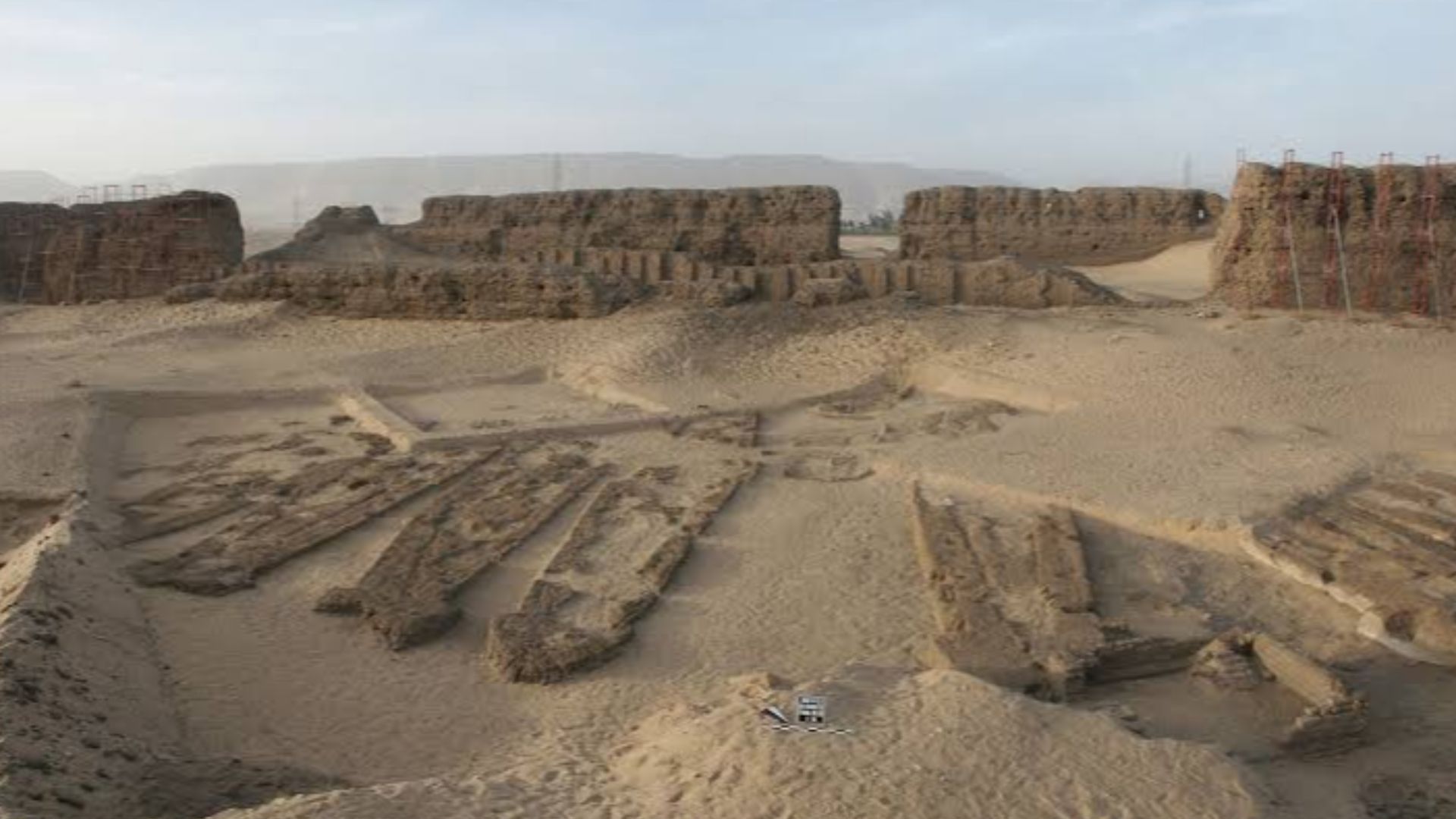 Ahmed bin Tariq, Wikimedia Commons
Ahmed bin Tariq, Wikimedia Commons
King Scorpion
One mysterious ruler named in the carvings is simply known as "Scorpion," a king who predated the well-documented dynasties. His name appears alongside some of Egypt's earliest hieroglyphs, suggesting he ruled during the critical transition to a unified state.
Lost Pharaohs
The tomb discovered at Abydos belonged to an unidentified ruler from the enigmatic "Abydos Dynasty," a series of kings who controlled part of Upper Egypt during the Second Intermediate Period. Ancient tomb robbers damaged the hieroglyphic texts that would have identified him.
 akhenatenator, Wikimedia Commons
akhenatenator, Wikimedia Commons
Divine Authority
The desert carvings reveal how early rulers linked themselves to gods to legitimize their unprecedented claims to power. Rather than depicting themselves as deities outright, these kings positioned themselves as divinely appointed intermediaries. The sophisticated visual propaganda shows figures with divine attributes, like the false beard.
 Abydos_Königsliste_07.jpg: Olaf Tausch
derivative work: JMCC1 (talk), Wikimedia Commons
Abydos_Königsliste_07.jpg: Olaf Tausch
derivative work: JMCC1 (talk), Wikimedia Commons
Ritualized Violence
One particularly striking scene shows a ruler trampling an enemy with two decapitated heads visible in the background. The brutality displayed in these ancient carvings served a deliberate political purpose. Archaeologists interpret these violent images as propaganda that demonstrates the consequences of resisting royal authority.
Power Symbols
Royal imagery in the carvings follows patterns that would become standardized in later Egyptian art. The elongated chin representing the ceremonial false beard is particularly significant as a symbol of divine authority. Beyond just communicating status, these standardized motifs helped create recognizable visual shorthand across Egypt's vast territory.
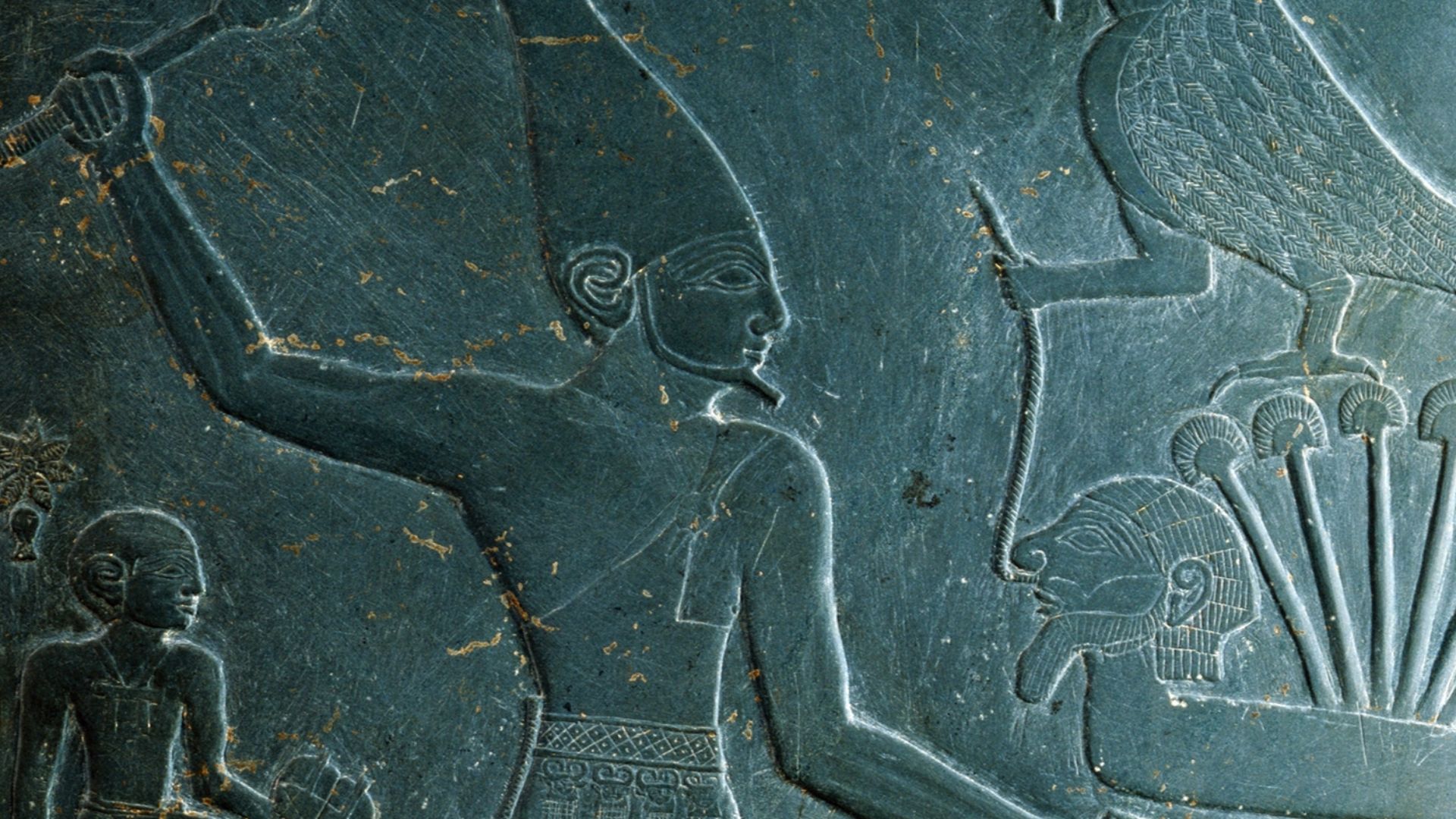 Unknown authorUnknown author, Wikimedia Commons
Unknown authorUnknown author, Wikimedia Commons
Territorial Control
How did Egypt's earliest kings manage such vast territories without modern transportation or communication? The rock art provides clues. Strategically placed carvings marked important transit routes, resource-rich areas, and boundary zones. Professor Morenz describes this practice as "marking the landscape with power”.
False Beards
The distinctive elongated chin depicted in several rock carvings reveals an early version of what would become the pharaoh's ceremonial false beard. This artificial beard, attached to the king's face during essential ceremonies, symbolized divinity and connection to Osiris.
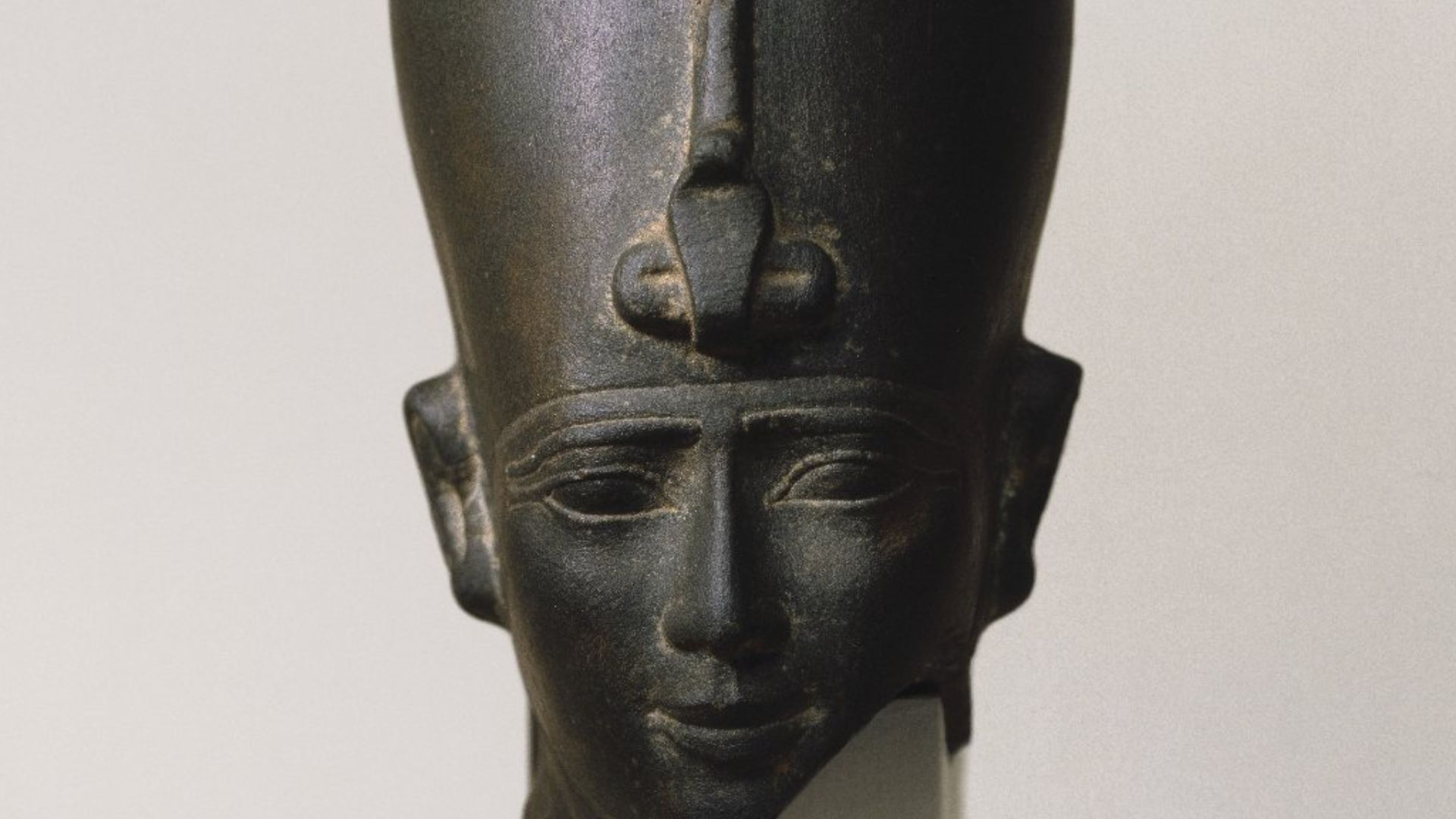 Late Period, second half of XXVI Dynasty, Wikimedia Commons
Late Period, second half of XXVI Dynasty, Wikimedia Commons
Boat Imagery
Why are boats so prominently featured in these desert carvings, far from navigable water? The prevalence of boat imagery underlines its profound symbolic importance in early Egyptian culture. In one newly discovered panel near Aswan, the central figure sits in a boat cabin with distinctive royal attributes.
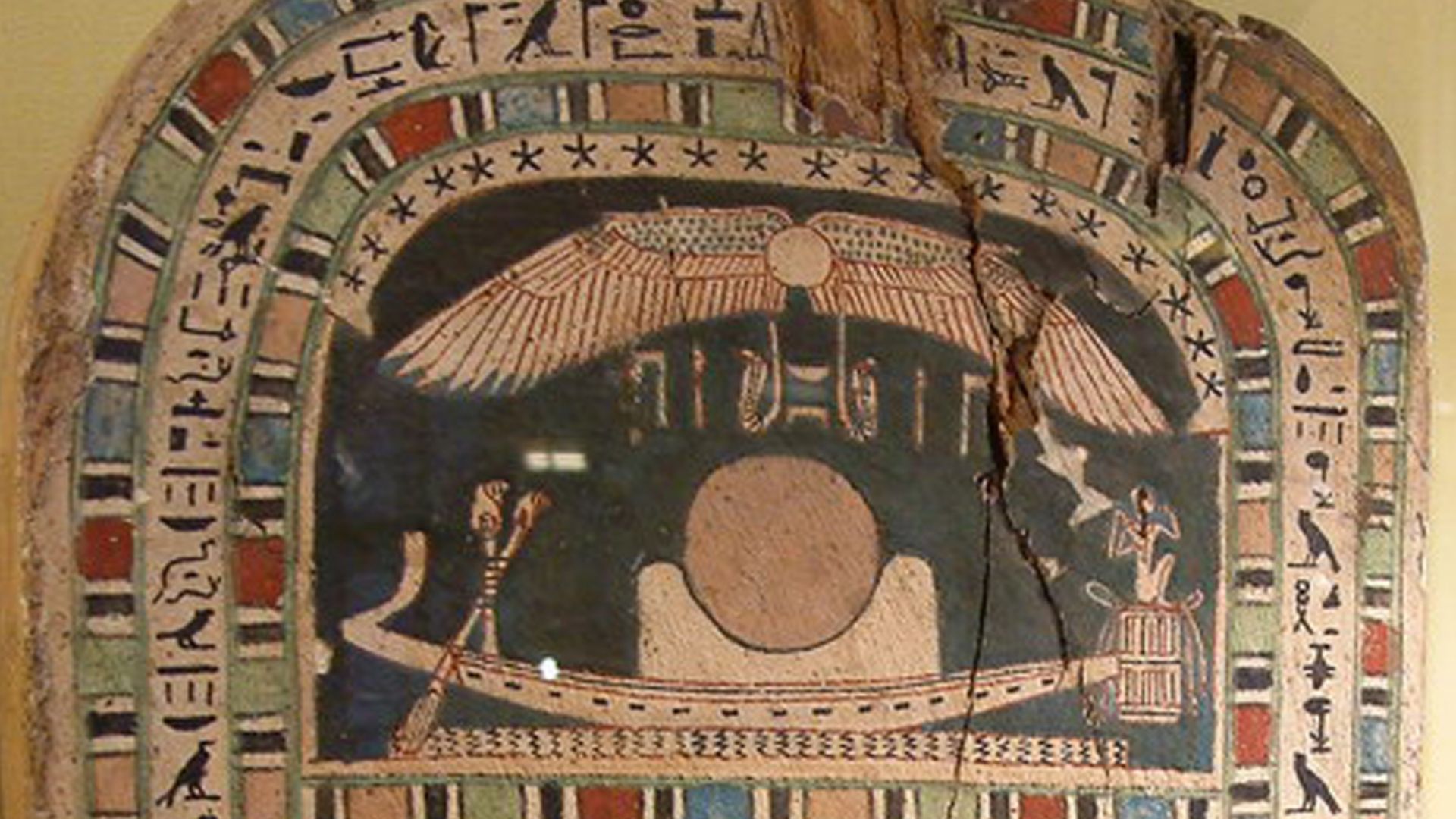 Guillaume Blanchard, uploaded to Commons by User:Borislav, Wikimedia Commons
Guillaume Blanchard, uploaded to Commons by User:Borislav, Wikimedia Commons
Sacred Vessels
The "boat of the gods" appears repeatedly in these ancient carvings, revealing the deep connection between royal power and religious ritual. These weren't ordinary watercraft but cosmic vessels transporting divine energy across Egypt. The detailed renderings depict how these boats transported important figures in specially designed cabins, accompanied by numerous attendants.
Abydos Dynasty
Until recently, historians knew little about the mysterious "Abydos Dynasty" that ruled part of Upper Egypt during the turbulent Second Intermediate Period. The new tomb discovery adds important pieces to this historical puzzle. What makes this period fascinating is how Egypt fractured into rival kingdoms.
Burial Chambers
The limestone burial chamber found at Abydos features an impressive 16-foot-high mudbrick vault and an elaborately decorated entryway. Its architectural similarity to the tomb of King Seneb-Kay, discovered in 2014, helps place it within the same royal tradition.
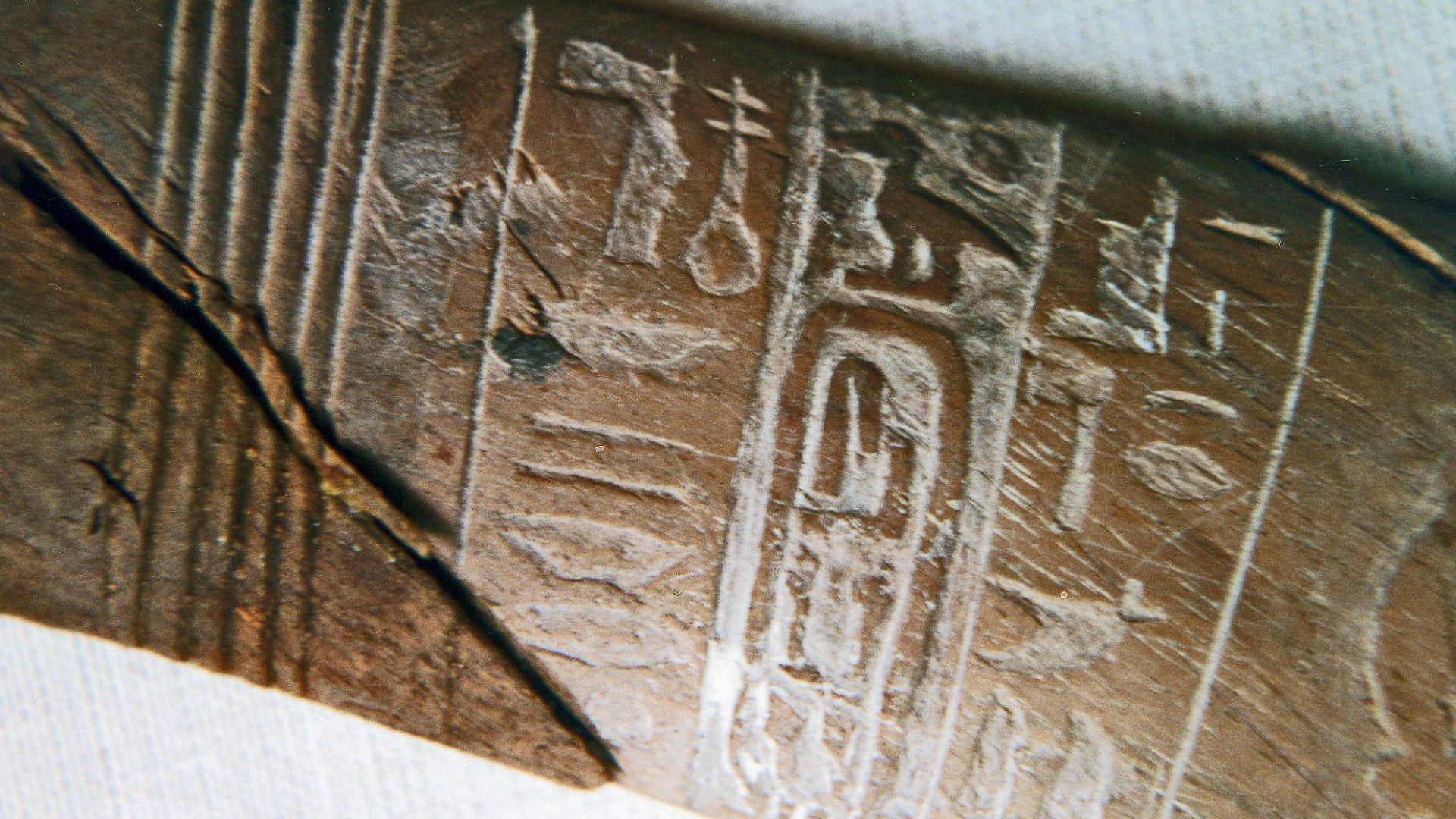 Juan R. Lazaro, Wikimedia Commons
Juan R. Lazaro, Wikimedia Commons
Neferhotep Connection
Well, the newly discovered tomb at Abydos has yielded an unexpected connection to Pharaoh Neferhotep I, who ruled a century before the Abydos Dynasty. According to Dr Josef Wegner, the tomb confirms that additional early kings were buried around Neferhotep's tomb enclosure.
Visual Propaganda
Rock art served as a form of permanent propaganda in pre-literate societies, with images carefully designed to inspire awe and obedience. What strikes researchers is the evidence of professional artists working at these remote sites, suggesting royal courts dispatched skilled craftsmen to create these impressive displays.
 Petrie 1901 RT II pl. 2.3, Wikimedia Commons
Petrie 1901 RT II pl. 2.3, Wikimedia Commons
Cultural Periphery
The location of these discoveries in Egypt's desert periphery rather than its core regions challenges previous assumptions about state formation. Professor Morenz emphasizes that these frontier zones were critical to understanding how Egyptian civilization evolved. We can observe how rulers extended their influence into marginal areas.
 Vyacheslav Argenberg, Wikimedia Commons
Vyacheslav Argenberg, Wikimedia Commons
Digital Archaeology
Advanced imaging technology has revolutionized how researchers study these ancient carvings. Traditional photography often misses subtle details worn by millennia of desert winds. Using computational photography that combines hundreds of images taken from different angles, archaeologists can now reveal previously invisible markings.
 Rhoda Baer (Photographer), Wikimedia Commons
Rhoda Baer (Photographer), Wikimedia Commons
Modern Techniques
The excavation at Abydos incorporates innovative archaeological methods, including remote sensing, magnetometry, and photogrammetry, to map the ancient necropolis. These technologies allow researchers to "see" beneath the sand without disturbing the site. Penn Museum and Egyptian archaeologists will continue their work through 2025.
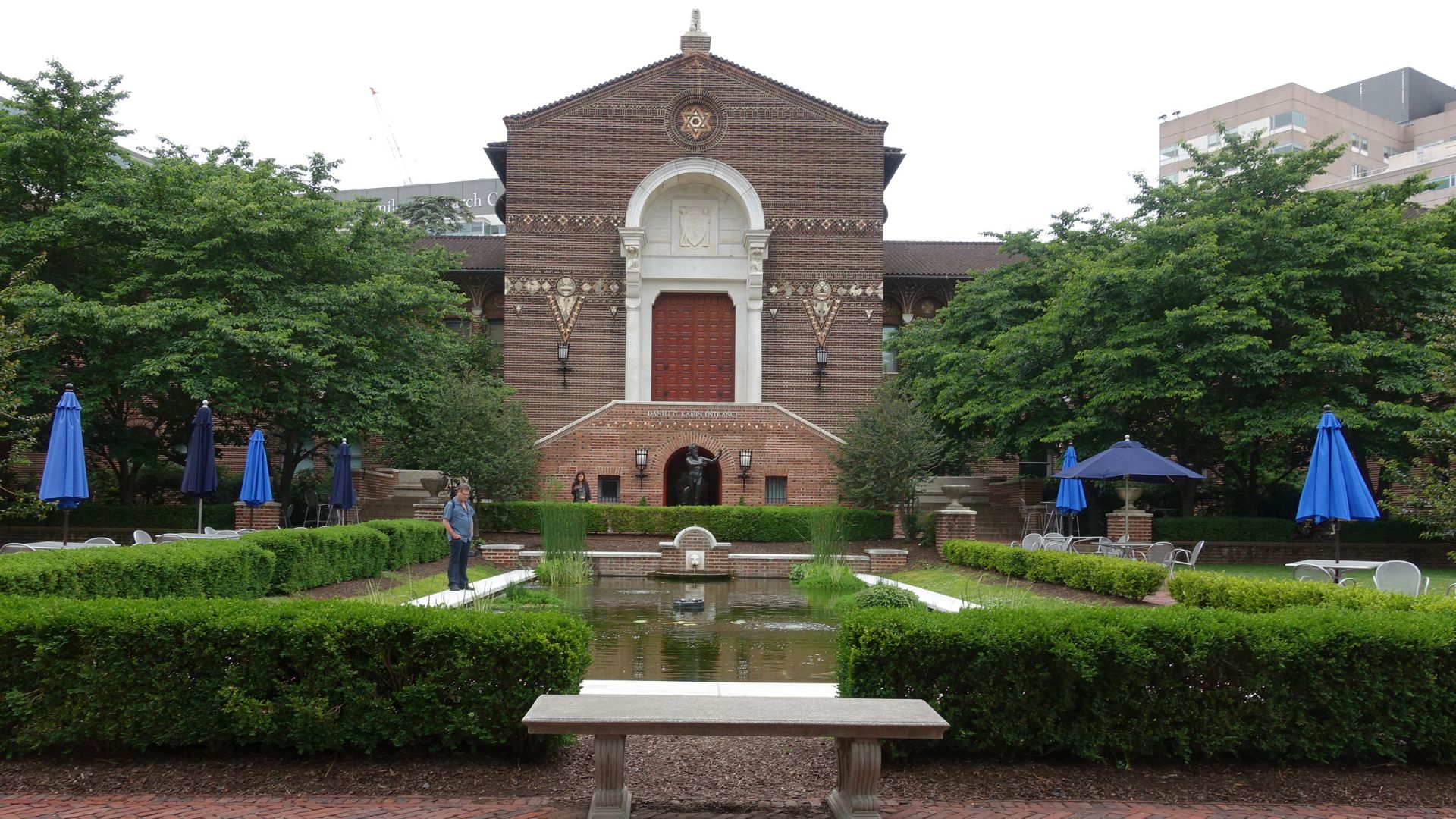 GordonMakryllos, Wikimedia Commons
GordonMakryllos, Wikimedia Commons
Preservation Efforts
All in all, the race to document these invaluable carvings takes on urgency as modern development threatens these archaeological treasures. Researchers warn that mining and quarrying activities are "irreparably altering" the place where these ancient inscriptions are found.


